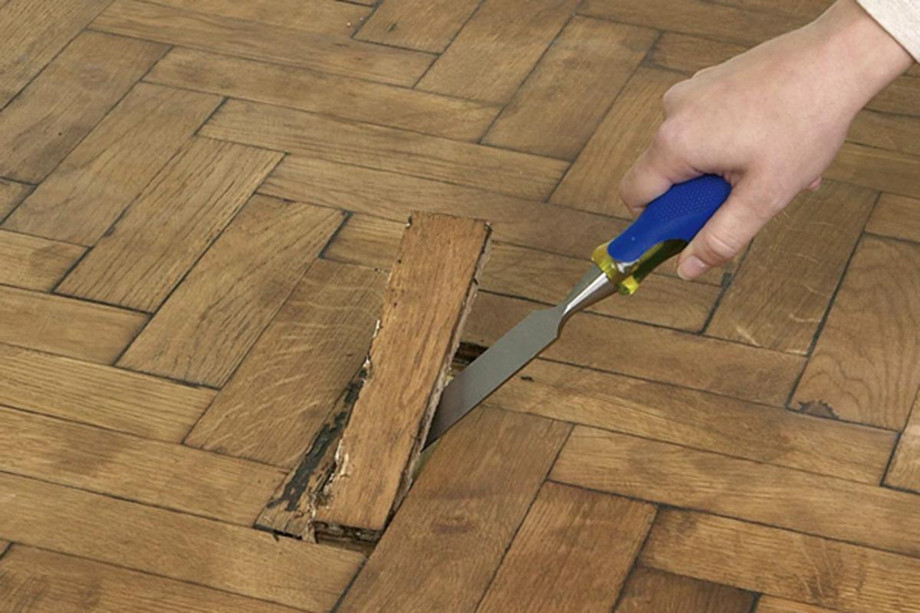Hey there, I’m your friendly neighborhood carpenter! If your wood floors are looking a little worse for wear, you might be wondering: "Can I save them, or is it time to rip them out and start fresh?" Let me walk you through some telltale signs, so you can decide whether a wooden floor repair will do the trick or if you need a full replacement. Let’s talk shop, but I promise—no confusing jargon here, just good ol’ straightforward advice!
Scratches, Dents, and Dings – The Battle Scars of Life
Wood floors are tough, but life’s tougher! Pets, kids, and furniture can leave their mark, but not all scratches mean doom. If we’re talking surface-level scratches, you’re in luck—those are fixable. A quick sanding job followed by a fresh coat of finish will have your floor looking like new. Think of it as giving your floor a spa day.
But if those scratches are deep enough to make you wince, where you can feel them with your fingertips, we might need to dig a little deeper into the wooden floor repair process. Sometimes, we can fill those gaps and cracks. Other times, the damage might be too deep, and replacement planks may be your best bet.
Water Damage – The Floor’s Arch-Nemesis
Wood floors hate water like cats hate baths. A little spill here and there? No problem. But if you’ve got a puddle party, we’re talking bigger issues. Warped or buckling planks mean moisture has seeped into the wood fibers, causing them to expand. When that happens, simple repairs may not cut it.
If just a few planks are misbehaving, I can often replace those bad apples with matching wood, making it look like nothing ever happened. But if the whole floor’s waving at you like a flag, it’s probably time for a new install. And no, those waves are not supposed to be there.
Squeaks and Creaks – Your Floor's Cry for Help
Wood floors are like us—they get creaky with age. A few squeaks here and there? No biggie. That’s just your floor’s way of saying hello. I can usually fix those with a bit of glue and a few extra nails. However, if it sounds like your floor is auditioning for a horror movie every time you walk across it, it might be a sign of deeper issues.
Loose boards or an unstable subfloor could mean it's time to rip up sections and rebuild. Repairing a few planks is easy-peasy, but if the foundation underneath is failing, it’s replacement time, my friend.
Gaps Between Boards – The Grand Canyon of Wood Floors
Wood naturally expands and contracts with the seasons. But when those gaps start looking like the Grand Canyon, we’ve got a problem. Small gaps can usually be filled and sealed, but large gaps that you could lose a penny in? That’s a different story. In these cases, a full wooden floor repair might not be enough, and a replacement could be on the cards.
Fading and Discoloration – Sunburnt Floors
If your wood floors look like they’ve spent too much time tanning, you’re probably dealing with sun damage. Over time, UV rays can bleach wood, leaving it faded and discolored. While refinishing can bring some life back, if the color difference is too stark or widespread, a replacement might be the way to go.
FAQs from My Toolbox
Q: How do I know if my floor can be sanded?
A: Great question! Most solid hardwood floors can be sanded down 4-5 times in their lifetime. But if your floors are already thin from past refinishes, it might be too late. That’s when we start talking replacements.
Q: Can I fix just part of my floor?
A: Absolutely! If the damage is limited to a small area, we can often patch it up with matching planks. Think of it as surgery—just a little nip and tuck. No need to gut the whole thing!
Q: How long will a wood floor last with proper care?
A: With regular maintenance, solid wood floors can last 50-100 years. Yup, they’re built to stick around—just like me!
Q: What’s the worst enemy of a wood floor?
A: Water! Seriously, if you can keep the moisture away, you’ll save yourself a world of trouble. Think of water like the Joker to your floor’s Batman—constant chaos.
Q: How much should I expect to spend on repairs?
A: It depends on the damage. Small fixes like scratches and squeaks are affordable, but large-scale repairs like water damage can add up. Always better to call in early to avoid bigger costs later!
In the end, whether it’s a quick wooden floor repair or a full-blown replacement, your floors are in good hands. Keeping them in top shape doesn’t just make them look good—it makes your whole house feel solid. And hey, that’s where I come in!

